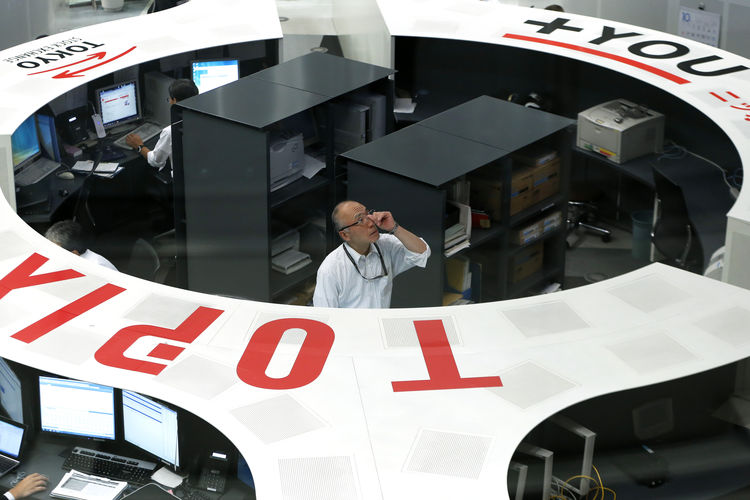Moody’s Investors Service says that the outlook for banks in the Asia Pacific is generally stable in 2016, but for many of the region’s banking systems, asset quality and profitability will deteriorate.
“This deterioration is explained by our expectation of slower GDP growth in Asia Pacific, potential further pressure on currencies and high levels of corporate and household debt in some countries,” says Stephen Long, managing director for Moody’s Financial Institutions Group in Asia Pacific, PTI reported.
Bank ratings will remain broadly stable because of good capital levels, as well as strong funding and liquidity profiles, as most systems are deposit funded, but the risk for ratings are skewed to the downside in the event of an economic slowdown in the region that is sharper than expected, adds Long.
“We expect real GDP growth in Asia Pacific of 4.5% in 2016, unchanged from 2015, but below the 4.8% recorded in 2014, mainly because of the slowdown in China,” says Long.
Moody’s has outlooks on 16 banking systems in Asia Pacific. Of these, 13 have stable outlooks and three–China, Hong Kong and Mongolia–have negative.
Moody’s says that the operating environment is becoming more challenging in most Asia Pacific banking systems as the banks feel the impact of subdued global growth, which is in turn exacerbated by weaker demand in China.
Slower GDP growth is most pronounced for small and open economies, such as Taiwan, Singapore and Hong Kong. By contrast, growth in India and Vietnam, banking systems that have been under pressure in recent years, will be more resilient.
Credit Metrics to Weaken
As the credit cycle turns, corporate credit metrics will likely weaken, leading to higher corporate loan problems. The share of debt owed by vulnerable companies is highest in India, Sri Lanka, South Korea and China. Moreover, high household debt levels are a concern for banks in Thailand, Malaysia and Hong Kong, but growth has slowed, owing to regulatory moves and tighter underwriting by banks.
Overall creditworthiness of Chinese banks is likely to deteriorate over the next 12-18 months as the operating environment worsens. The Chinese economy is embarking on a path of rebalancing, defined by a reorientation away from the export and investment-led development model towards a model where consumption gradually becomes a more important engine of growth. This process will be characterized by economic restructuring, policy reform, market liberalization, and credit deceleration, posing both opportunities and challenges for China’s credit universe.
Despite the pressures on asset quality, the major reason why most Asia Pacific banks have stable outlooks is the strength of their loss absorbing buffers. Profitability will likely weaken but remain sufficiently strong, so that rising impairment expenses can be absorbed without resulting in weaker capitalization.
A moderation in loan growth will also be supportive of relatively stable capital ratios. Another important buffer for Asian banks, beyond their profitability and capitalization, is relatively strong loan loss reserves.
Closing Gaps
There will likely be some progress made in 2016 by Asian Pacific regulators in closing the many gaps that exist in the region between current resolution regimes and the key attributes of effective resolution regimes as outlined by the Financial Stability Board.
However, with the exception of Hong Kong, Moody’s does not expect to see the adoption of statutory regimes that would bail-in senior creditors as the most likely way that troubled banks would be resolved.
Instead, Moody’s expects that government support will continue to be an important supporting factor in the credit profile of most rated banks in the region.


